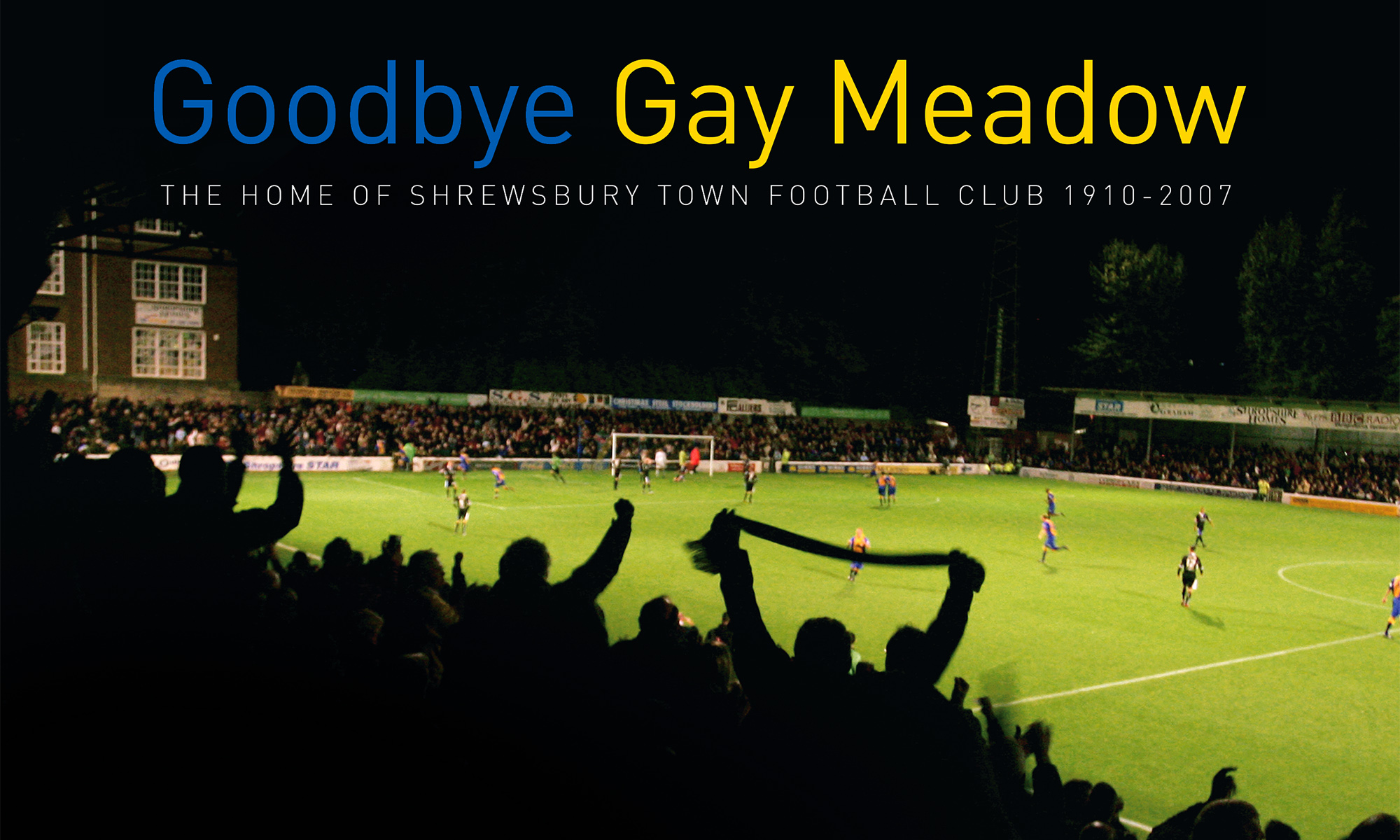So were you always a fan of Shrewsbury Town? How did all this start?
That is a long story -since I was about five I always went to Gay Meadow to watch Shrewsbury Town.
When I was eight I started to go to away games too. Shrewsbury Town played Ipswich Town, the UEFA Cup champions, in the FA Cup in the early 1980s and the television cameras came to Gay Meadow. In those days only three games every Saturday were recorded for television. The only live game was the FA Cup Final. To have TV cables running around the pitch, a giant crane in the car park with a TV camera on top, scaffolding over the fans on the Riverside with TV cameras on certainly caught my attention. From that moment on, all I wanted to be was a TV cameraman!
So I went to Art School with the sole intention of doing art and some other classes, one being photography. My aim and thinking is that I would end up at BBC film school or something. During my time at college, I loved processing film and printing pictures.
Back then most people sent off their holiday films in the post and they arrived back in an envelope two or three weeks later. I could take pictures of the Goth girls in the college canteen and produce a 16 x 12 black and white in about 10 minutes. It was like doing a party trick.
I didn’t care for photographing my colleague colleagues or landscapes or when we did work in the studio. For me, taking pictures was boring, the thrill was processing the films. Then one day I shot Oldham Athletic v Shrewsbury Town. Suddenly I had a subject that I was interested in.
